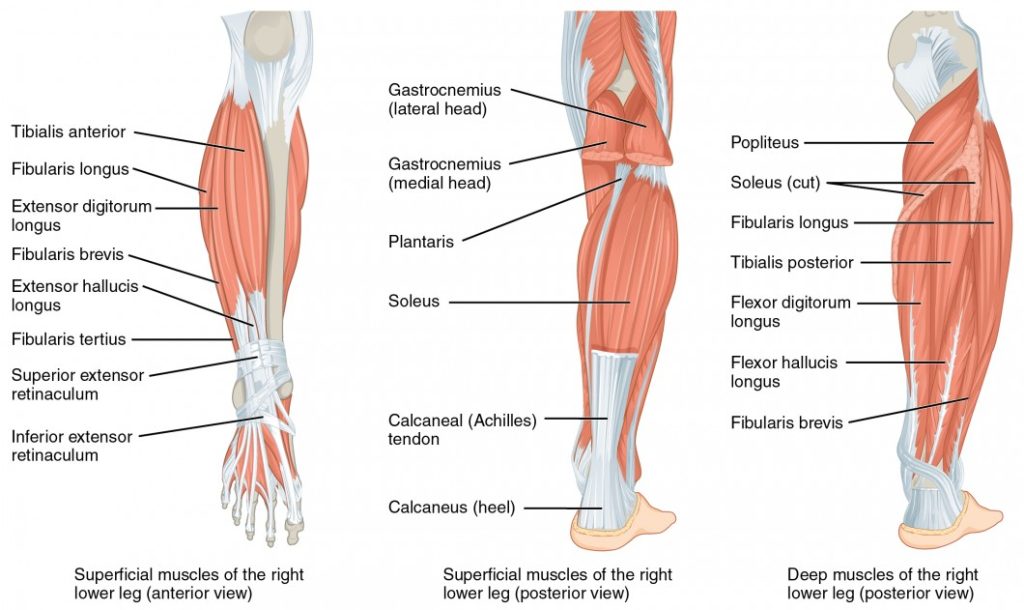In the United States, leg contusions are a common type of injury that can affect athletes, workers, and even everyday individuals. Whether you’re playing sports, working in a physically demanding job, or simply taking a fall, understanding what a leg contusion is, how it occurs, and how to treat it is essential for recovery and prevention.
This article explores everything you need to know about leg contusions, including their causes, symptoms, and effective treatment strategies. We’ll also touch on the importance of proper care and when to seek medical attention.
Understanding Leg Contusions
A leg contusion, commonly known as a bruise, occurs when the leg is struck with enough force to damage the soft tissues beneath the skin. This damage can lead to pain, swelling, and discoloration. Unlike open wounds, contusions do not break the skin but can still be quite painful and debilitating.
Contusions typically happen due to direct impact, such as a collision during sports, a fall, or an accident. The most common areas affected are the quadriceps (front of the thigh) and the hamstrings (back of the thigh). However, the back of the thigh is often more protected, making hamstring sprains more frequent than hamstring contusions.
Causes of Leg Contusions

Leg contusions can occur in a variety of situations. Here are some of the most common causes:
- Sports Injuries: Contact sports like football, soccer, and hockey increase the risk of leg contusions due to the high likelihood of collisions.
- Workplace Accidents: Construction workers, laborers, and others in physically demanding jobs may suffer from leg contusions due to falls or heavy objects hitting the legs.
- Falls or Accidents: A slip or fall can result in a leg contusion, especially if the person lands directly on their leg.
- Repetitive Strain: While less common, repetitive stress on the leg muscles can sometimes lead to minor contusions over time.
It’s important to note that while these injuries are often minor, they can become serious if not properly treated.
Symptoms of a Leg Contusion

Recognizing the symptoms of a leg contusion is crucial for timely treatment. Common signs include:
- Pain and Tenderness: The area around the contusion may feel sore or tender to the touch.
- Swelling: Fluid buildup in the injured area can cause visible swelling.
- Bruising: Discoloration of the skin, ranging from red to purple, is a telltale sign of a contusion.
- Limited Mobility: Severe contusions can make it difficult to move the leg normally.
- Warmth or Redness: Inflammation may cause the area to feel warm or appear redder than surrounding skin.
If the pain is severe, the swelling is excessive, or there is difficulty moving the leg, it’s important to consult a healthcare professional.
Treatment for Leg Contusions

The treatment for a leg contusion usually involves rest, ice, compression, and elevation—often referred to as the RICE method. Here’s a breakdown of each step:
- Rest: Avoid activities that could worsen the injury. Give your leg time to heal.
- Ice: Apply ice to the affected area for 15–20 minutes every few hours to reduce swelling and pain.
- Compression: Use an elastic bandage to gently wrap the leg, helping to minimize swelling.
- Elevation: Keep the leg elevated above heart level to reduce fluid buildup and promote healing.
Depending on the severity of the contusion, a doctor may recommend additional treatments such as physical therapy or anti-inflammatory medications.
When to Seek Medical Attention
While many leg contusions can be treated at home, certain signs indicate the need for medical intervention:
- Severe Pain: If the pain is unbearable or does not improve with rest and ice.
- Excessive Swelling: If the swelling is significant and doesn’t subside after a few days.
- Numbness or Tingling: These symptoms may suggest nerve damage.
- Difficulty Walking: If the leg feels unstable or you cannot bear weight on it.
If any of these symptoms occur, it’s best to see a healthcare provider for a thorough evaluation.
Rehabilitation and Recovery

Once the initial inflammation has subsided, rehabilitation is key to restoring full function to the leg. Your doctor may recommend gentle stretching exercises to improve range of motion, followed by strengthening exercises as the injury heals.
It’s important to follow your healthcare provider’s guidance and avoid returning to strenuous activities too soon. Rushing the recovery process can lead to long-term complications, such as increased scar tissue or recurring injuries.
Preventing Future Leg Contusions
Prevention is always better than cure. Here are some tips to reduce the risk of future leg contusions:
- Wear Proper Protective Gear: Especially during sports or physical activities, use appropriate padding and support.
- Stay Active and Strong: Strengthening the muscles in your legs can help absorb impacts more effectively.
- Be Aware of Your Surroundings: Pay attention to your environment to avoid slips, trips, and falls.
- Warm Up Before Exercise: A proper warm-up can prepare your muscles for activity and reduce the risk of injury.
By taking these precautions, you can significantly lower your chances of sustaining a leg contusion.
Conclusion
Leg contusions are a common yet often underestimated injury that can occur in various settings. Understanding the causes, recognizing the symptoms, and following the right treatment plan are essential for a full recovery. Whether you’re an athlete, a worker, or just someone looking to stay active, knowing how to prevent and manage leg contusions can make a big difference in your overall health and well-being.
If you’ve suffered a leg contusion, don’t hesitate to reach out to a certified athletic trainer or healthcare professional for guidance. With the right care, most people can recover fully and return to their normal activities without long-term issues.
Author: John Doe
Title/Role: Sports Medicine Expert
Credentials: John Doe is a certified athletic trainer with over 10 years of experience in sports medicine. He specializes in injury prevention, rehabilitation, and performance enhancement for athletes of all levels.
Profile Link: www.johndoe-sportsmedicine.com
Sources:
– Centers for Disease Control and Prevention (CDC)
– Mayo Clinic – Bruises
– American Academy of Orthopaedic Surgeons (AAOS)
Related Articles:
– Understanding Different Types of Sports Injuries
– How to Prevent Common Workout Injuries
– The Role of Physical Therapy in Recovery
Call to Action:
Stay updated with the latest news and health tips by subscribing to our newsletter. Explore today’s headlines and learn how to protect your body from common injuries.
URL Slug: us-trending-news-leg-contusion
Schema Markup:
{
"@context": "https://schema.org",
"@type": "Article",
"headline": "US Trending News: What You Need to Know About Leg Contusions",
"datePublished": "2025-04-05",
"author": {
"@type": "Person",
"name": "John Doe"
},
"publisher": {
"@type": "Organization",
"name": "Health News Today",
"logo": {
"@type": "ImageObject",
"url": "https://www.healthnewstoday.com/logo.png"
}
},
"description": "Learn about leg contusions, their causes, symptoms, and treatment options. Stay informed with the latest US trending news."
}
Featured Snippet Optimization:
Leg contusions, or bruises, occur from direct impact to the leg, causing pain, swelling, and bruising. Treat with RICE (rest, ice, compression, elevation), and seek medical attention if symptoms persist.










More Stories
US Trending News: The Amanda Kelly Story
US Trending News: What You Need to Know About the Baby Bar Exam
US Trending News: What You Need to Know About the Bar Exam